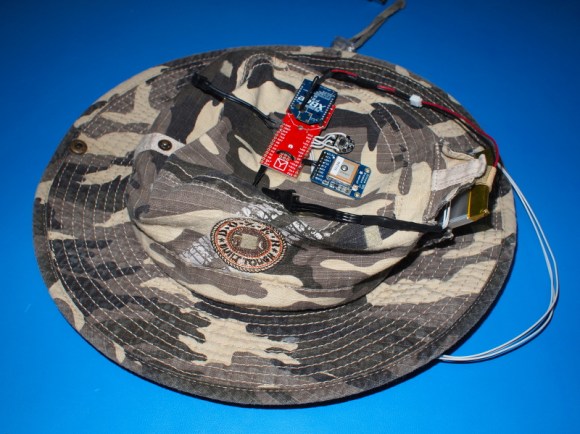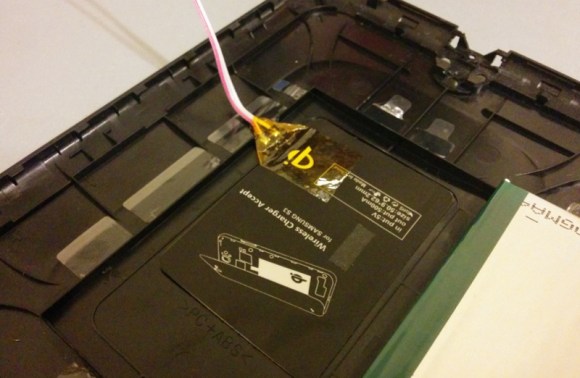
In a fit of desperation, I turned to data mining tools and algorithms, but stepped back from the horror of that unspeakable knowledge before my mind was shattered. That way madness lies.
–[Rory O’hare]
Wise words. Wise words, indeed. Who among us hasn’t sat staring into the abyss of seemingly endless data without the slightest clue to what it means or even how to go about figuring out what it means? To literally feel the brain damage seeping in as you start to see ‘ones’ and ‘zeros’ reach out to you from every day electronic devices…like some ghost in the wires. But do not fear, wise hacker! For we have good news to report! [Rory O’hare] has dived into this very abyss, and has emerged successful.
While others were out and about playing games and doing whatever non-hackers do to entertain themselves, [Rory O’hare] decided to reach out and grab some random wireless signals for a little fun and excitement. And what he found was not just a strong, repeating signal at 433Mhz. Not just a signal that oozed with evidence of ASK. What he found was a challenge…a mystery that was begging to be solved. A way to test his skill set. Could he reverse engineer a signal by just looking at the signal alone? Read on, and find out.


 [Texane] had been thinking about how to monitor the state of his garage door from a remote place. The door itself isn’t around any power outlets, and is a few floors away from where his server would be located in his apartment. This presented a few design challenges – namely, the sensor itself should have a wireless connection to the server, and being low power would be a great idea. This led to the development of a
[Texane] had been thinking about how to monitor the state of his garage door from a remote place. The door itself isn’t around any power outlets, and is a few floors away from where his server would be located in his apartment. This presented a few design challenges – namely, the sensor itself should have a wireless connection to the server, and being low power would be a great idea. This led to the development of a  Many technologies that come about for one type of product make us want to extend it to other things. For instance, we’d like the ability to remotely unlock our front door when it’s raining or our hands are full. Once [MS3FGX] experienced Qi wireless charging with his Nexus 5, he wanted the ability to wirelessly charge all the things. The first gadget on the list was his Nook Simple Touch eReader, which
Many technologies that come about for one type of product make us want to extend it to other things. For instance, we’d like the ability to remotely unlock our front door when it’s raining or our hands are full. Once [MS3FGX] experienced Qi wireless charging with his Nexus 5, he wanted the ability to wirelessly charge all the things. The first gadget on the list was his Nook Simple Touch eReader, which 

 NFC tags are cool, but programming them to do your bidding – whether unlocking your computer, making an Arduino vending machine, or a smart home application – requires using an NFC device to program the tag over the air. An NFC tag programmable with any ‘ol microcontroller would certainly have some interesting applications, and
NFC tags are cool, but programming them to do your bidding – whether unlocking your computer, making an Arduino vending machine, or a smart home application – requires using an NFC device to program the tag over the air. An NFC tag programmable with any ‘ol microcontroller would certainly have some interesting applications, and 







